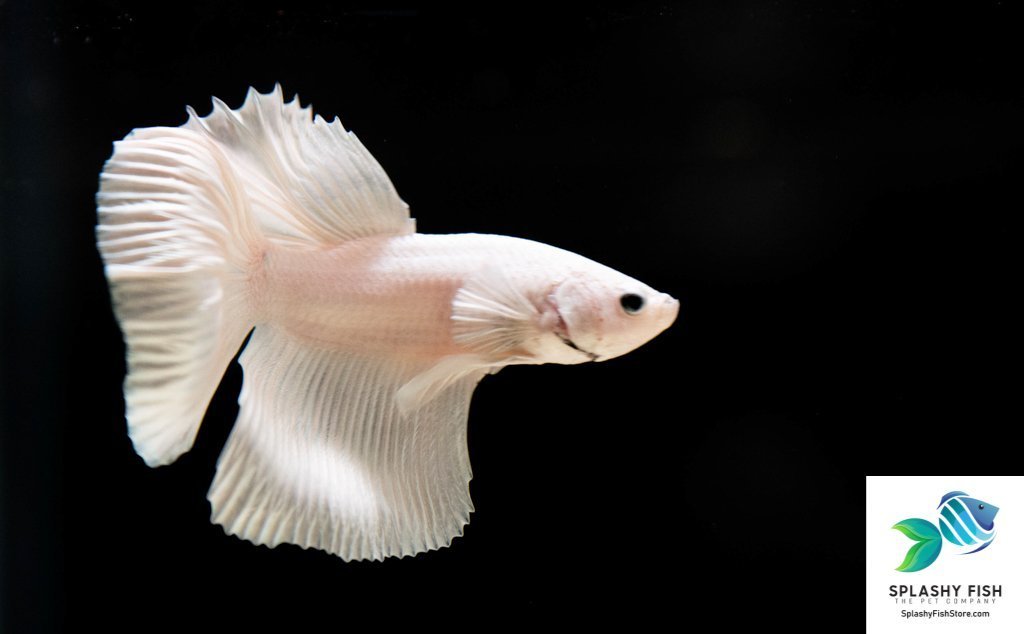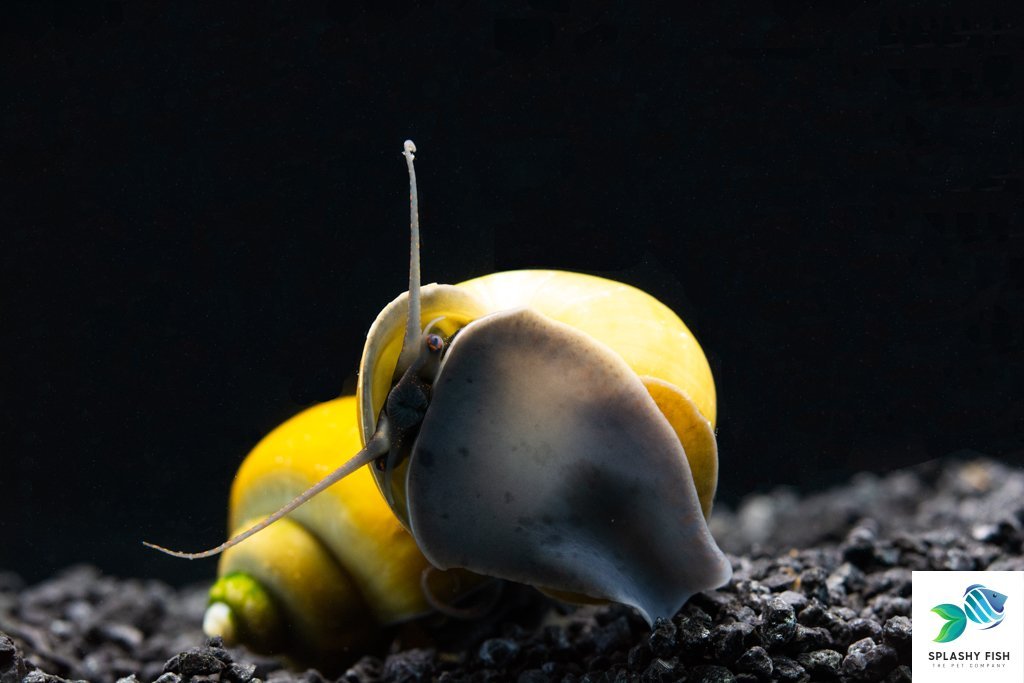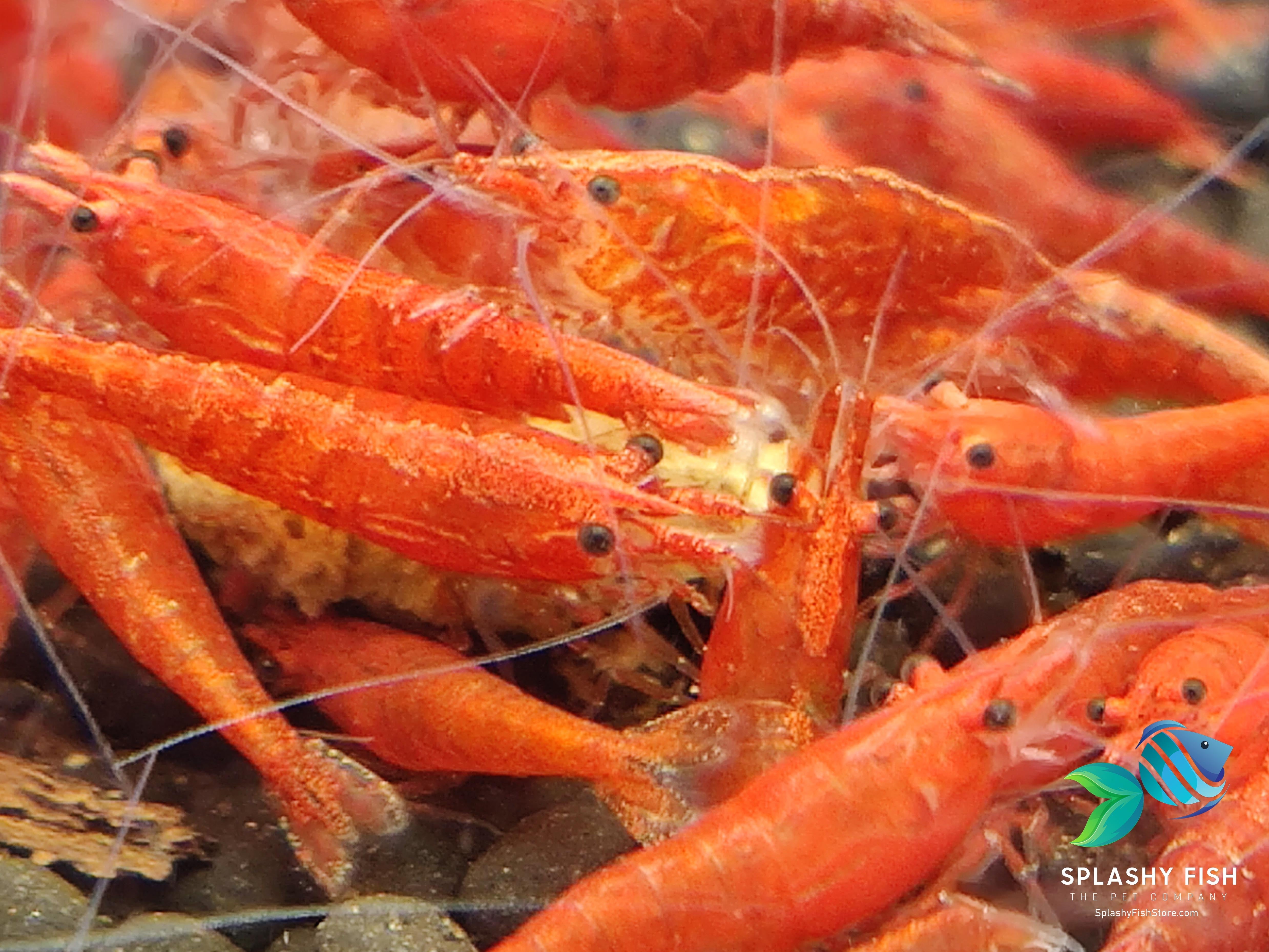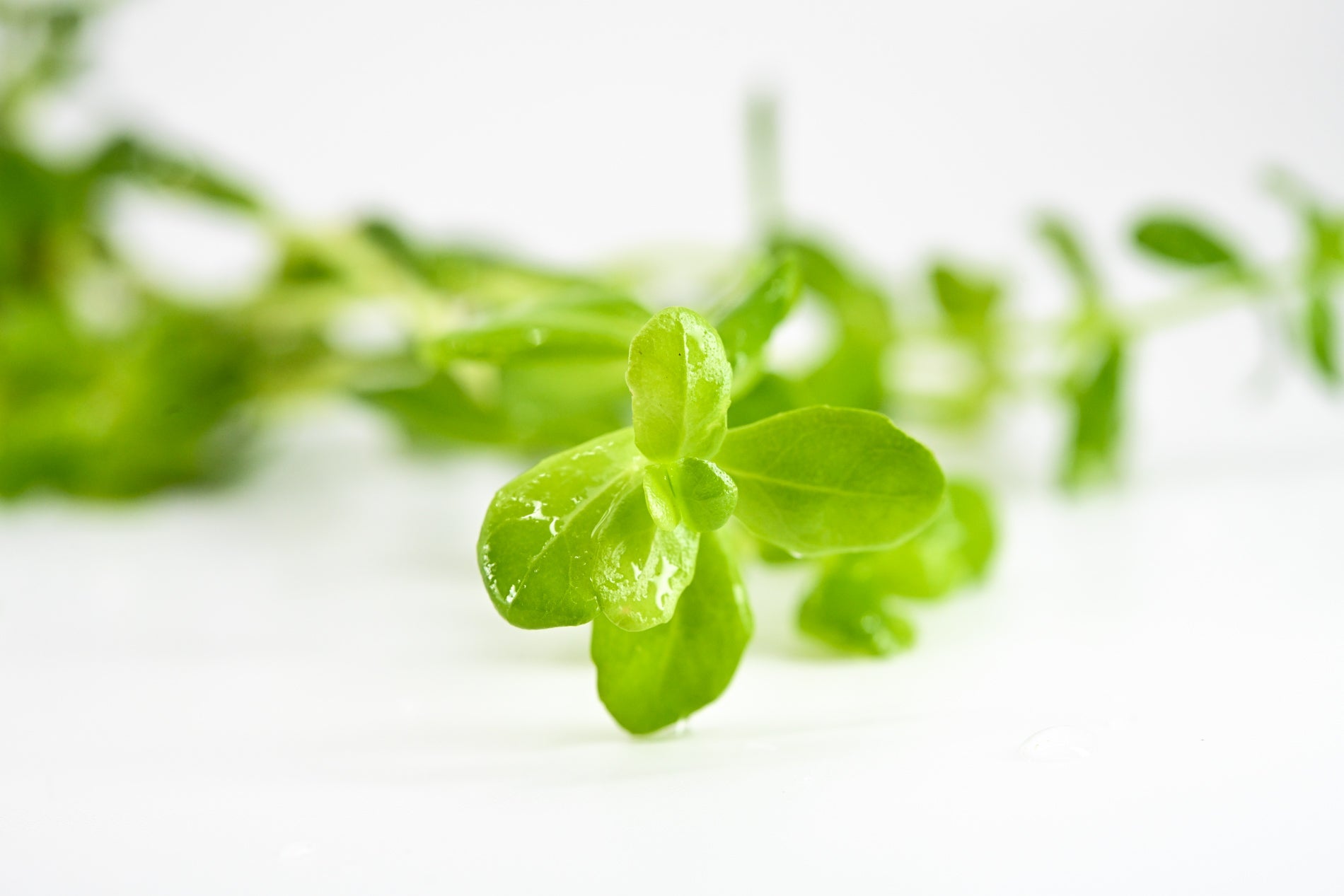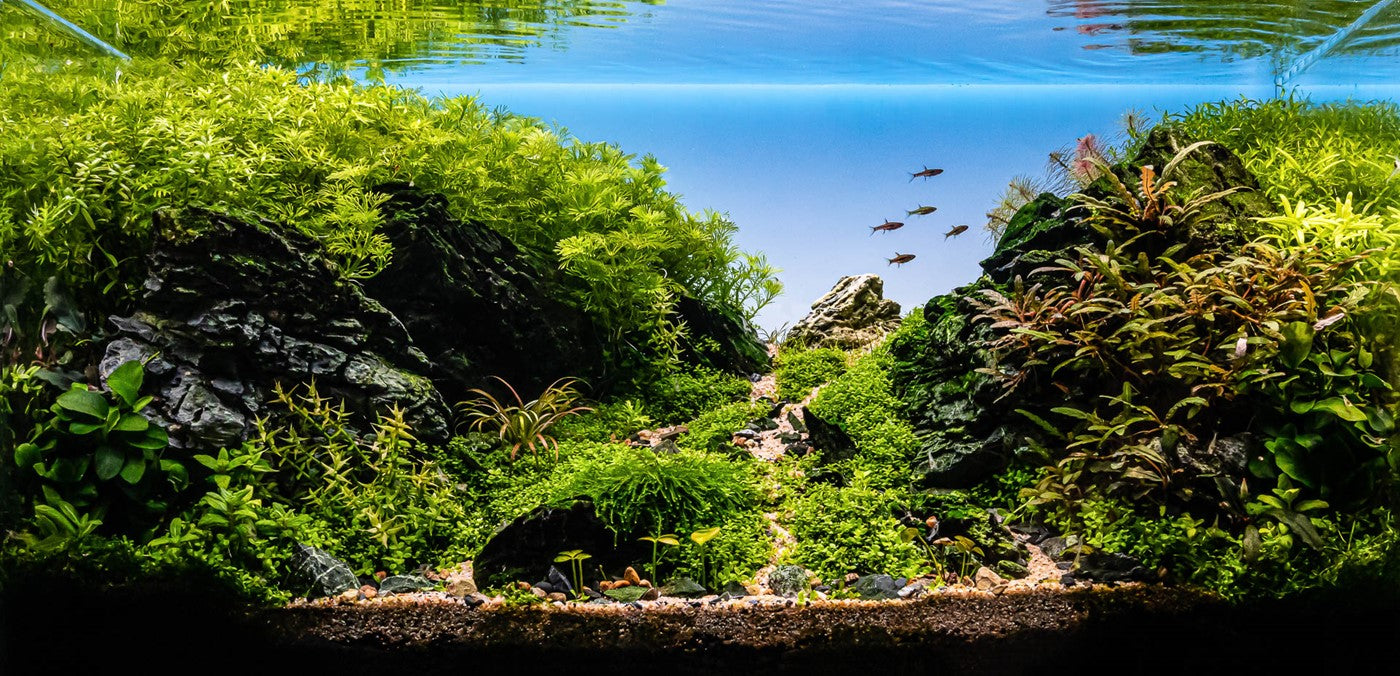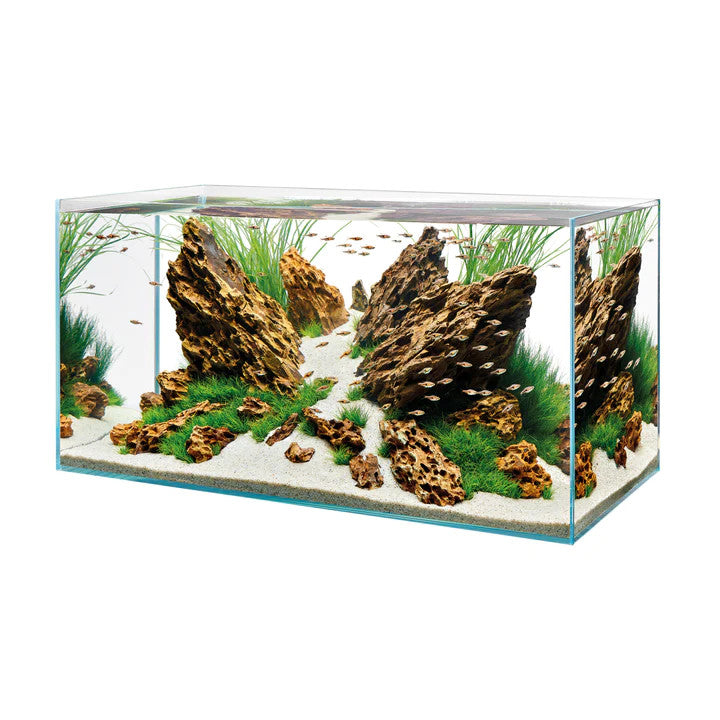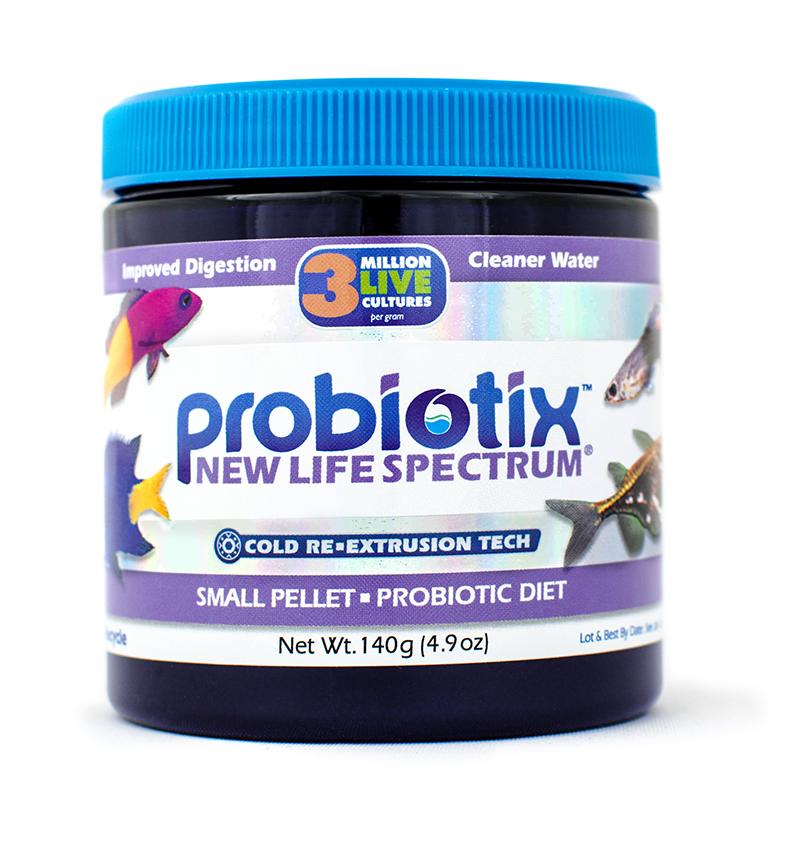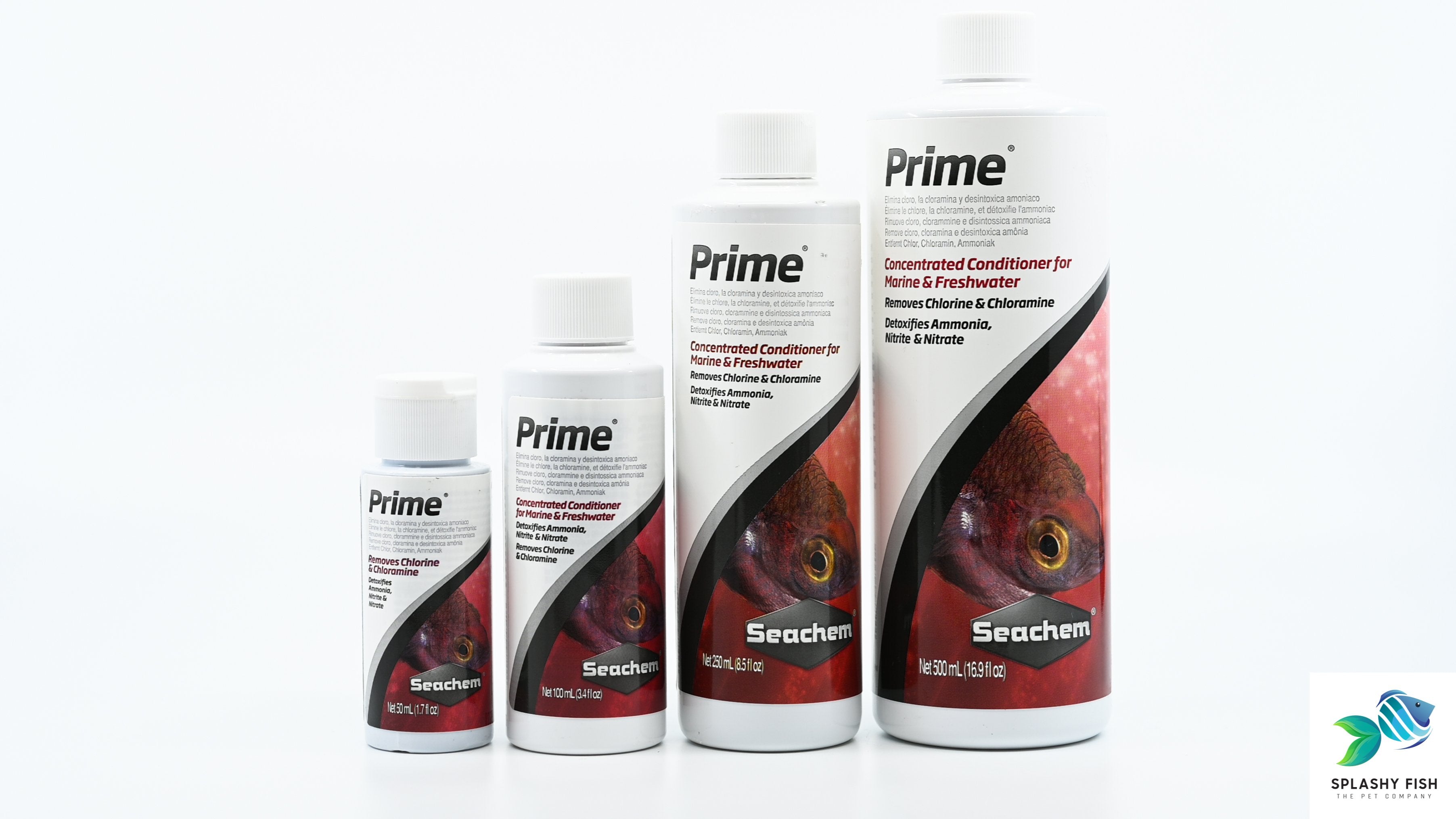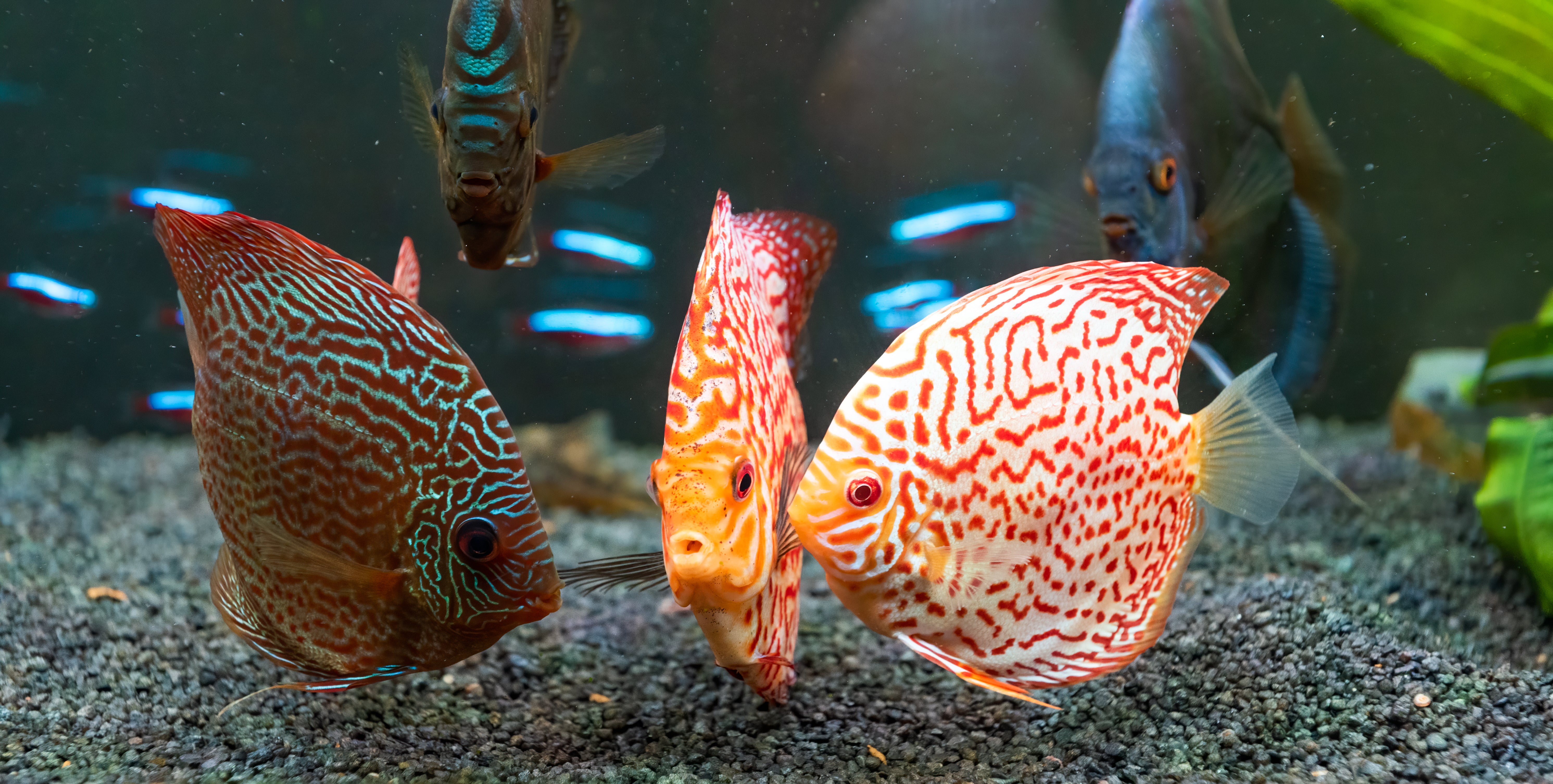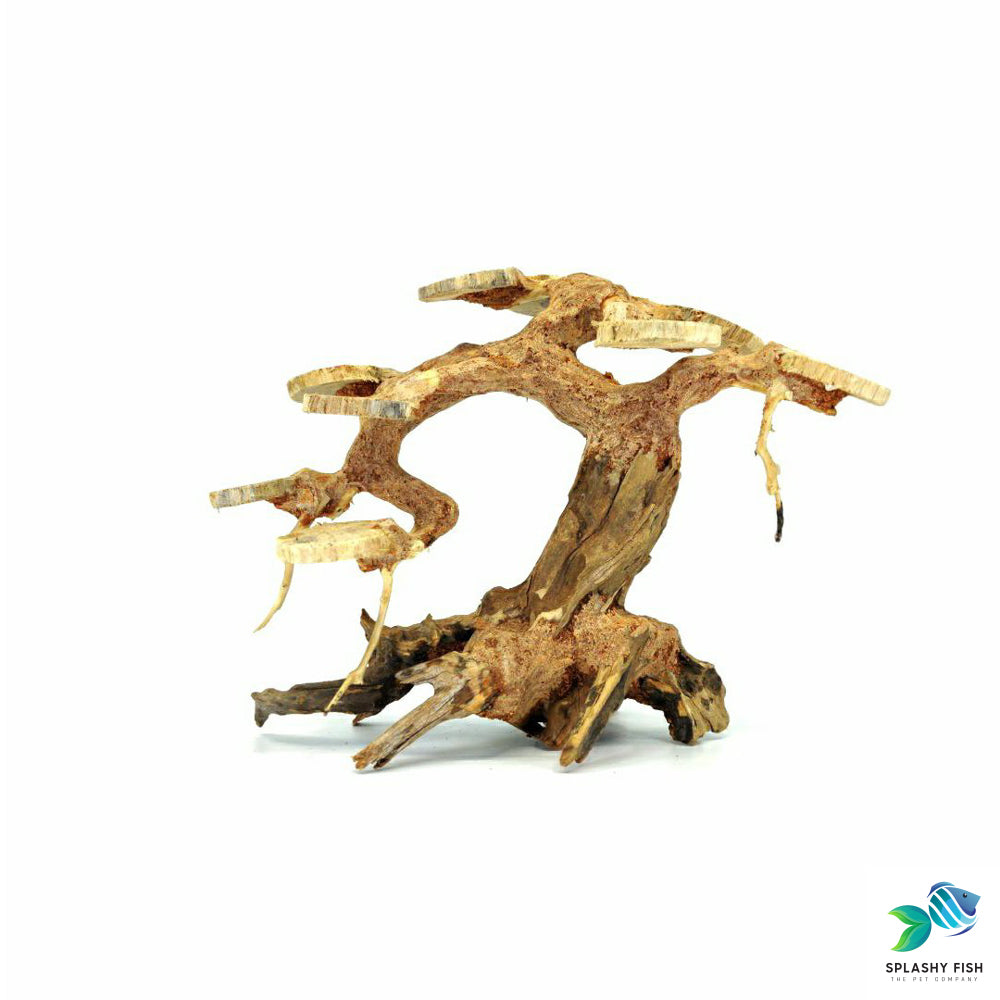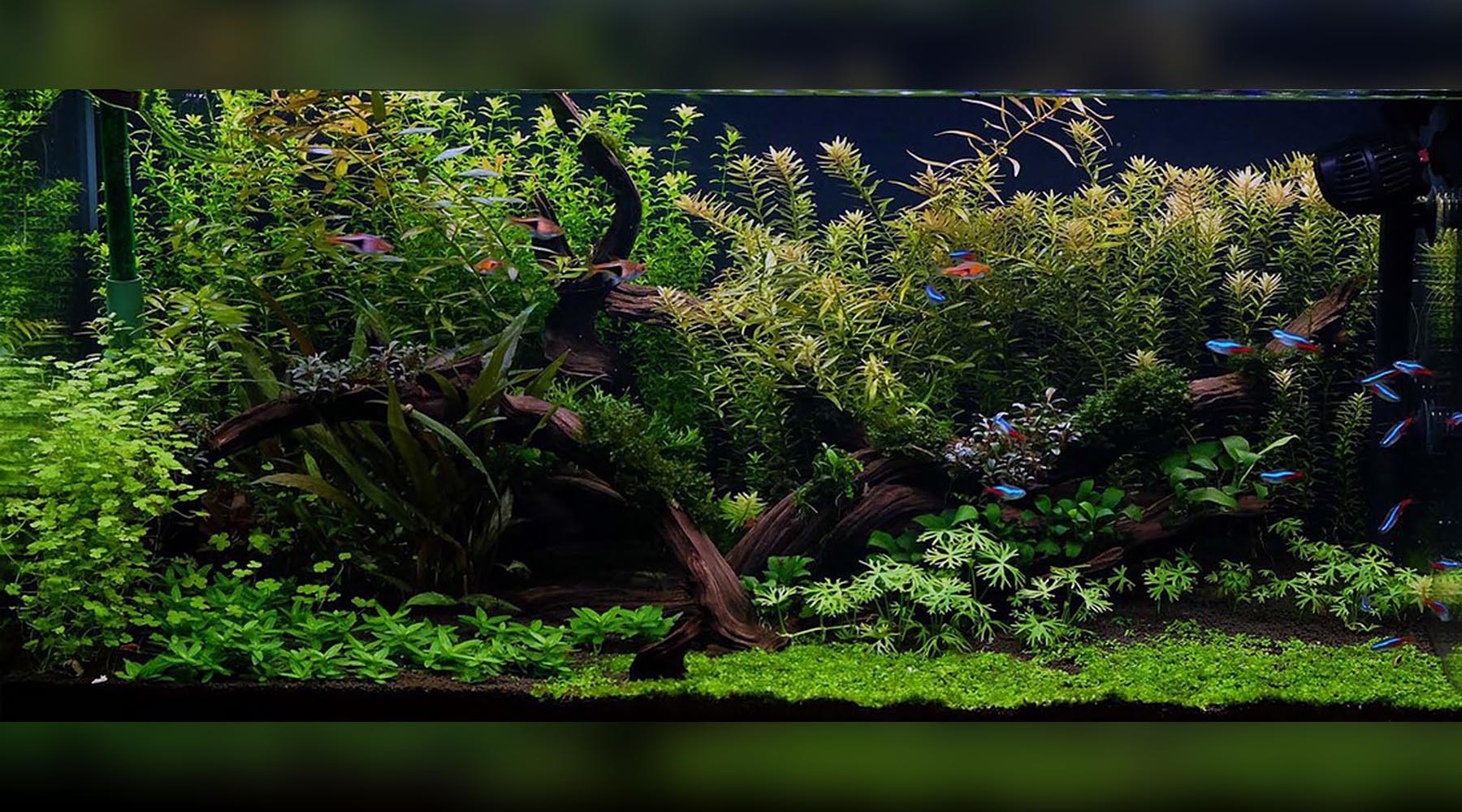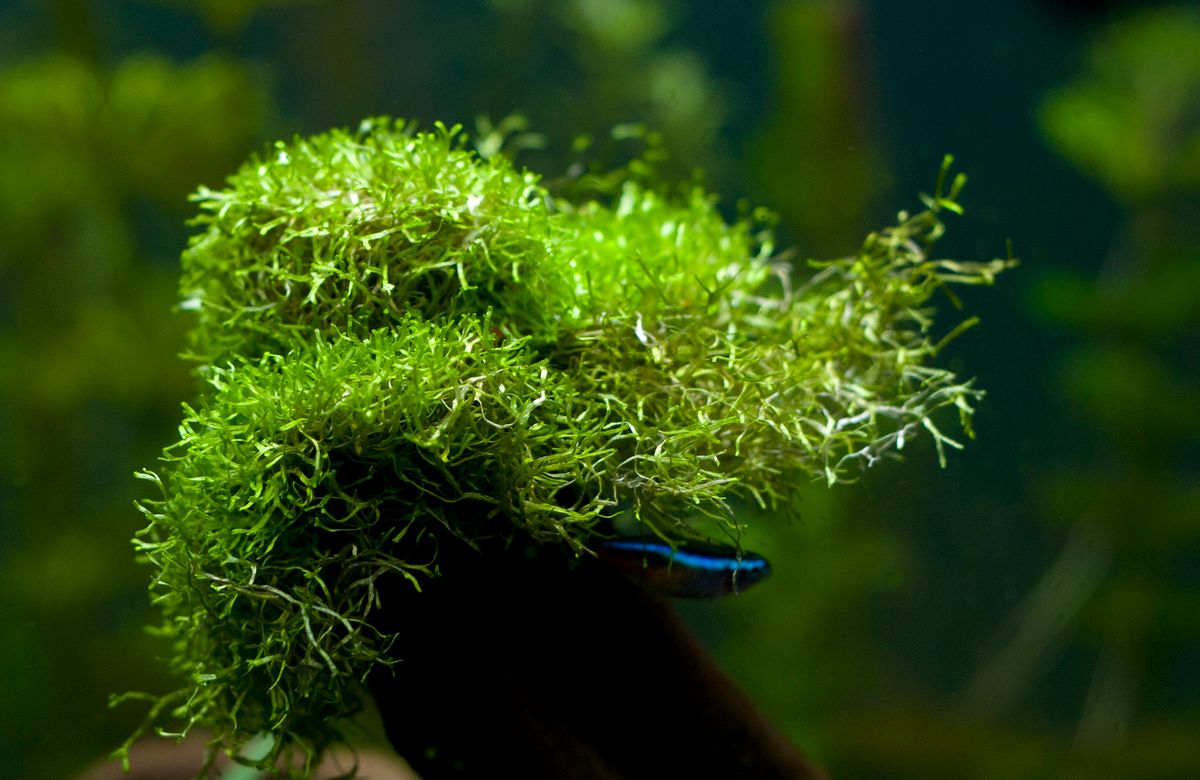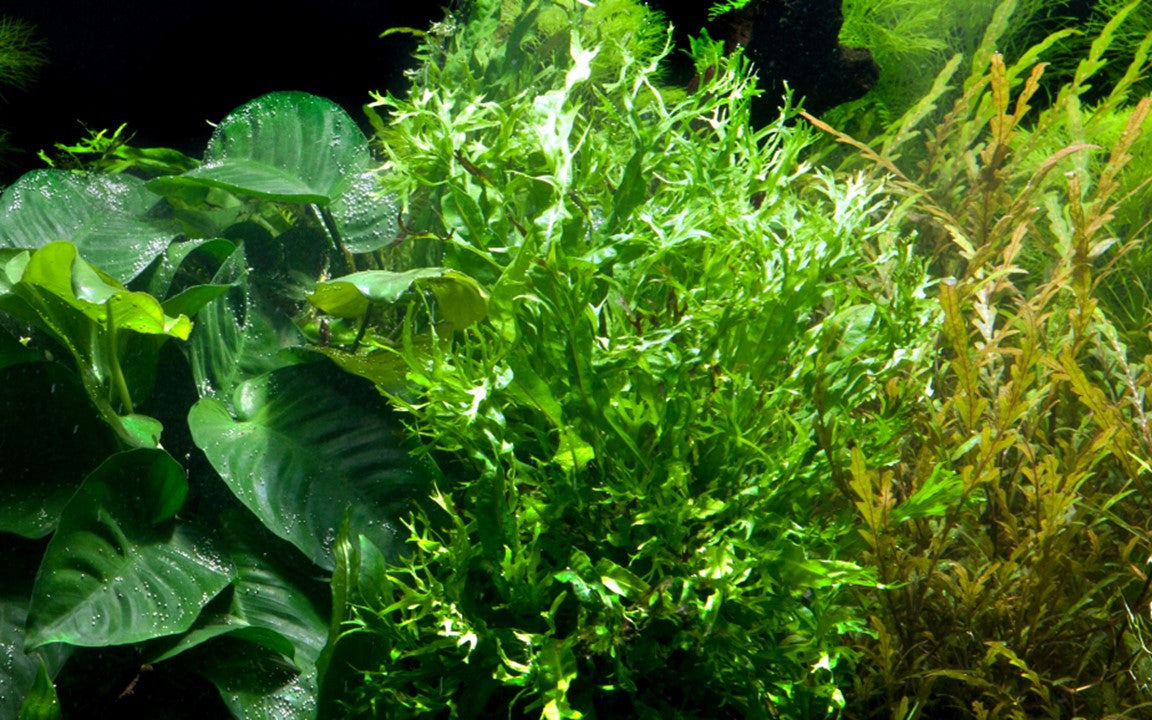Care Guide For Fancy Guppy Fish
Most people come to Guppies unintentionally when they first start this hobby, and soon realize that these species are their true “love”. This small fish will definitely beat out all other kinds due to its variations. Each of which presents a brilliant appearance, interesting personalities and vivid look for your tank. To the extent that many aquarists even recommend a guppy only tank since they themselves already make aquariums stunning.

(Image of a Halfbody Red Guppy Fish)
Fancy Guppies are actually common guppies that have dedicated coloration and fancy fins. These features are the results of many selective breeding that have taken place for generations. Thanks to that, we not only have a guppy in the “dress” of striking tiger-like patterns but also with solid red and gold “cloth”, and many so on in various forms.

(Image of a Guppy Fish)
Fun fact: The variety in coloration, pattern, tail shape earns Guppy the title Rainbow Fish.
In the wild, Guppy fish hail from streams and rivers in northeast South America. Before being widely seen in the aquarium market, they are known for pest control as they are able to consume mosquito eggs and larvae. That said, the guppies are quite unwelcome. They are great breeders and really a threat to other co-living species due to that reason. It would be unwise if you carelessly release them to nature.
Fun fact: Can you guess why Guppy has another “nickname” Million Fish. It is owing to that fast breeding rate (the female can give birth every 30 days).
Guppy is recommended to beginners because of many reasons, among others, its hardiness, peaceful disposition, active personalities, and even cleverness enough to recognize you come near. It is also true to say they can tolerate quite many beginner mistakes. Despite that, creating and maintaining a stable environment for them to live in is still crucial. It will keep your fish healthy and prolong their lifespan (in optimal conditions, the Guppies can live up to 5 years).
These little fish enjoy warm aquarium water with moderate current flow. The ideal range is around 70°F. There is an interesting fact about the effect of temperature on Guppy’s life cycle. According to many experienced aquarists, Guppy can withstand low temperatures. The lower the water temperature is, the slower your fish mature which means longer period they can live. However, it is worth noting that the range should not go below 65°F in a long time. Otherwise, you fish may suffer and get stressed.
Beside temperature, other parameters are not less important. You can refer to our suggestion below when setting up your tank for Guppies.
Ammonia and Nitrite: 0 ppm
Nitrate: less than 20 ppm
GH: 8 – 12 dGH
pH: 6 – 8, but most preferred range is 7.0 – 7.2
Water change: 25% per week
Good to know: Although Fancy Guppies are hardy, they are not as resilient as the original species. As a result of many selective breeding, it is not hard to imagine their physical conditions may slightly alter.
Guppies live in shoal and it is encouraged to keep the habit when you raise them in the aquarium. Generally, a 10-gallon tank is recommended for small fish and in the case of Guppies, they are not exceptional. In fact, you may have heard of other smaller sizes discussed and accepted among skilled fishkeepers. Some say a 4-gallon works well for a trio of Guppies. Others suggest a 5-gallon be better as it allows more swimming space for them. Both are practical since Guppy is quite small in terms of size (2 inches long for adults in average, females sometimes reach 2.5 inches long). That makes 3 fish deemed fit a small tank.
Nevertheless, if you can get a bigger aquarium at the beginning, go for the bigger. You will be thankful for it when Guppies come to spawning season. Or if you decide to have a guppy only tank, stick to the rule of thumb, one fish per two gallons. It works well in most cases.
(Image of a group of Guppy Full red in heavily planted aquarium)
Image caption: One can hardly resist the beauty contrast of a group of guppy full red splashing in a lush green aquarium.
Apart from the above, Guppy does not have any special requirements on their living environment. You can fill up your tank with any decorative materials like live aquatic plants, driftwood, rock caves, or substrate as long as they meet your personal taste. Speaking of which, Guppy is fond of live aquarium plants. Some ideal candidates you can consider are java moss, java fern, amazon sword plants, etc.
Guppy Only Tank
The best guppy fish tank mates are other guppies. Indeed, they are gorgeous, active, and joyful when around together which makes the whole tank pleasant to look at. So, why do we need other fishes? If you incline to that idea, you can create for yourself a guppy only tank. It is easy so long as you get at the following rules:
- Male and female can live together following the ratio 1:2. This is because male guppy tends to pursue the female when alone. Therefore, if you keep them at 1:1, the female may get depressed and be prone to diseases. The ratio of one male for every two females reduces that behavior and balances the living environment. For that reason, you may see why a trio is highly encouraged by many aquarists. However, it is still alright in case you want to enlarge the quantity.
Another issue you need to concern if choosing this combination is that your guppies will spawn frequently when the time comes. Hence, make sure you have everything in place when it happens.
- If you don’t like the population boom, you can still have a guppy only tank by keeping only one sex. In the case of Guppies, the male is preferable due to its vibrant coloration. Opt for this way, you are worry-free about the aggression stuff and care for new babies. Just ensure you give each fish 2 gallons of water then a guppy only tank is ready.
You have not come up with any specific fancy guppy. Why don’t you try Guppy Blue tazzan, Guppy HB red, or Guppy full gold. We are sure you won’t regret your choice.
That said, Guppy can make friends with other kinds of fish. Mollies Fish, Platies Fish, Corydoras Fish, or Tetras Fish are those peaceful species that get along well with Guppy Fish
When it comes to diet, Guppies are not picky at all. They are omnivores and can accept a variety of common fish food such as pellets, fish flakes, frozen/dry foods, bloodworms, brine shrimp, etc. Sometimes, they even graze on algae growing inside your aquarium. All you need to do is make sure they feed on high-quality food once or twice every day, with an amount enough for them to consume in two or three minutes. Guppies are pro at begging for food, don’t let them fool you. If you overfeed them, they may get constipation and other health issues.
Breeding is an interesting part in this care guide. If you randomly search for ‘Easy to Breed Fish’, Guppy is always at the top. There is no need for external stimulation to cause this little fish to breed. When they mature, the male will naturally chase the female for courting. And just after one insemination, the female can easily give birth several times.
Guppies are livebearers. They have an incredible reproduction rate. With the ability of storing sperms, the female can easily spawn for every 30 days with each spawning having around 10 – 40 fry. Like other live-bearing fish, Guppies do not show any sign of parental care. Hence, the newborn would become a potential prey for larger fish. To avoid that, it is usually recommended that the breeding process take place in a separate tank so that the fry can have time to grow up enough to protect themselves.


